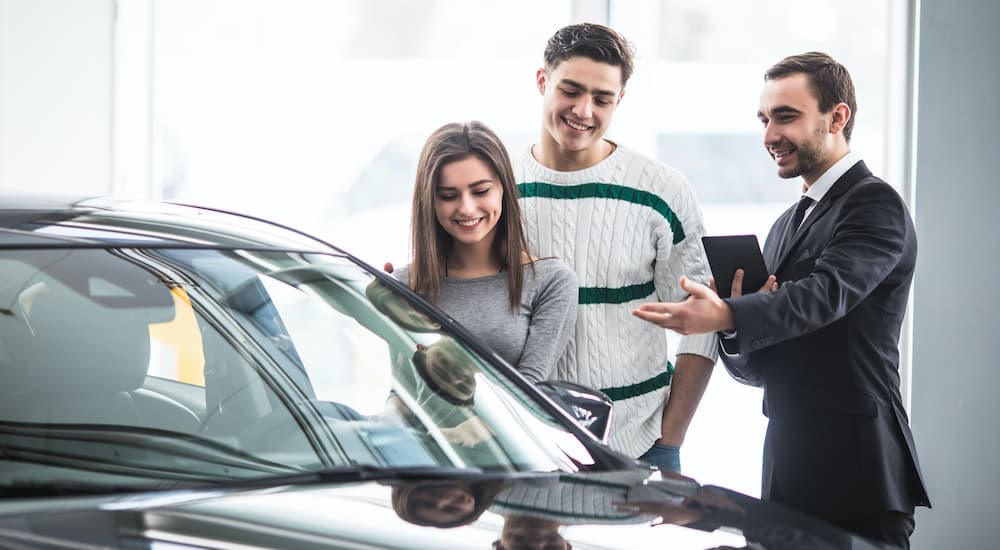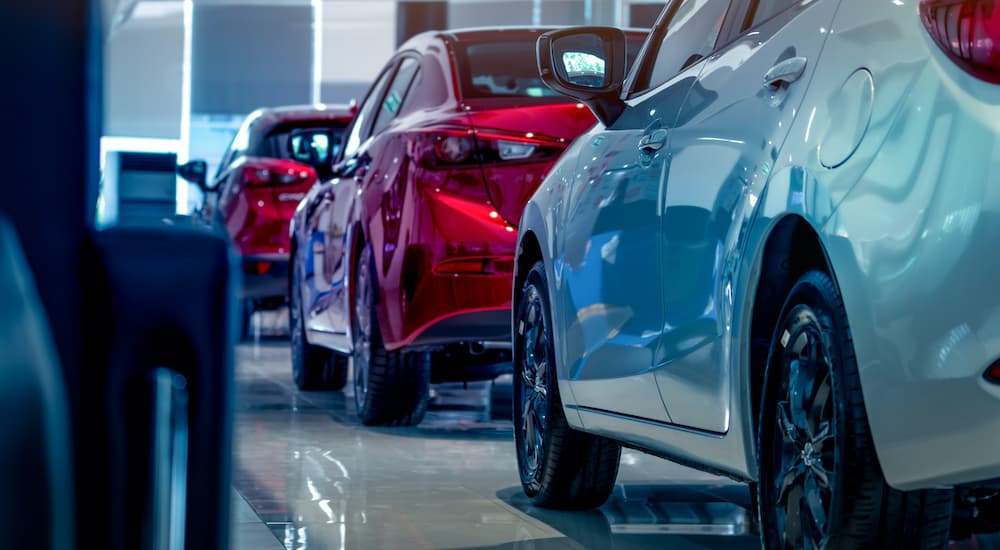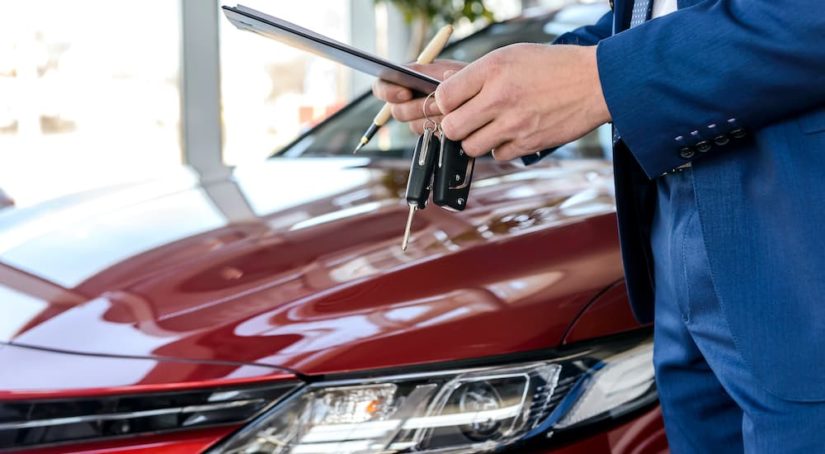If you’re shopping for a new vehicle, then you have a few good options available to you regarding how you’re going to finance it. You can always pay for the entire thing outright if you have that kind of money available or get a loan from a lender to help pay for your car. One option that works well for a lot of people is a lease, where you drive a brand-new car for several years, paying for the depreciation you put on it, and then return the vehicle at the end of term.
When your lease term comes to an end, you have a couple of options available to you on how you can proceed. One of the most common choices is to simply return the vehicle and then lease another new model to enjoy for the next few years. Some drivers also like to buy their vehicle at the end of the lease – this usually happens if you try it for a few years and realize it has everything you want, and you don’t want to give it up. There was another option that’s been available as a bit of a loophole in how leases work, that allowed drivers to sell their leased vehicle to a third party, but this is being eliminated by a number of auto manufacturers.
How a Lease Works
Before I get into this loophole and how it has worked, I want to briefly go over exactly what a lease is and some other important details. Basically, the idea with a lease is that you get to drive a brand-new vehicle for a few years without making the commitment to actually buy it. Because of this, you typically spend less each month on a vehicle than you would if paying off a loan on the same model, and when the lease period ends, you can return the vehicle.
A lease is a great option for a lot of drivers who want to enjoy a new car without feeling tied down to a specific model. It’s certainly not for everyone, but a lot of people have leased vehicles as part of their business, with the ability to use the lease as a business expense and switch to a new model every few years. You’re essentially paying the estimated or predicted depreciation that’s going to occur for that vehicle while you’re driving it rather than actually buying the car.

Options at the End of a Lease
When a lease comes to an end, the lessee who has been enjoying the vehicle has a few options available to them. If you have a lease that’s coming to an end, then you can simply return the vehicle as stipulated in the lease agreement, and after an inspection and a little paperwork, all is said and done. From there, you can lease another vehicle, buy a different model, or simply walk away and figure out another solution for your next ride.
You also have the option to buy the car you’ve been driving on a lease when the lease period ends. In this situation, you’ll pay the agreed-upon value of the vehicle when you leased it based on the expected depreciation that has occurred while you enjoyed it. You can get a loan, just like when buying a new car outright, to help you pay for it and then make monthly payments on the loan. There’s another option; however, that’s not technically part of most lease agreements, but that people have taken advantage of as a loophole.
The Third-Party Loophole
Until recently, this option that some lessees would take advantage of wasn’t technically allowed, but most carmakers weren’t really cracking down on it. Lessees could basically sell their vehicle to a third-party company, usually another dealership or car-selling service, and that company would pay off the remaining lease. This was usually done so that third-party companies could get more stock, have access to great vehicles just coming off a lease, and it meant the original lessee wouldn’t have to pay sales tax and could get some extra money for the vehicle.
Again, this really wasn’t something allowed by the terms of the lease, but lessees and third parties were taking advantage of it. This is something that’s been known for a while, but most car companies simply overlooked it because it wasn’t a big problem for them, and they were still being paid for the vehicle. Recently, with the chip shortage and high demand for used models, car dealerships have been struggling to maintain a good inventory.

Automakers Closing the Loophole
That’s why a lot of auto companies have begun cracking down on this practice and are no longer allowing it. They now require that all vehicles be returned to a dealership at the end of the lease no matter what – even if the lessee wants to buy the vehicle. They’re still allowing people to buy the leased model they’ve been enjoying at the end of the lease, but they have to bring it back to the dealership first to do this. In the past, they had made the process easier, and that’s what allowed third-party companies to move in and make a purchase.
With the new requirements, a number of major manufacturers now require that all leased vehicles be brought back to a dealer before anything else can happen. This means that dealers that have a license with manufacturers are getting leased vehicles back first, and if the lessee doesn’t want to buy it, then they have another great used model to sell to their customers. Since leased vehicles are usually only driven for a couple of years and returned in great condition, these are some of the most common models to then be offered as Certified Pre-Owned vehicles.
Recently, American Honda Finance Corporation, which is the company that handles leases for Honda and Acura vehicles, announced that they would require all leased models return to a dealership at the end of the lease. But this is only one of the numerous automakers to recently begin enforcing this policy. From what I’ve seen, brands including Toyota, GM, Ford, Mazda, Nissan, and Volvo have all begun requiring that leased vehicles be returned at the end of the lease. Attempting to contact a third party like Carmax at the end of the lease on one of these models will result in being turned away since they can’t buy them.
What This Means for You
At the moment, this response by the major auto companies seems clearly connected to the recent inventory issues with both new and used vehicles that dealerships have been facing. Since automakers have agreements and licenses with specific dealers that represent them, it’s not much of a surprise that they’d act to help out the dealers that are struggling. There’s no sign right now, however, on if this will be standard practice going forward or if they’ll once again loosen up on these restrictions in another year or so.
If you already have a lease that’s coming up in the next month or two, then you probably won’t be able to take advantage of a third-party buyout for your lease. On the other hand, if you have a year or more before your lease is up, then this is something you should keep an eye on to consider all of your options when your lease ends. And if you’re currently shopping for a vehicle and considering a lease, then keep this in mind. In the future, you might not have this third-party option available to you, so consider that when figuring out the best way to finance your next car.



